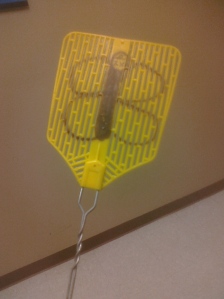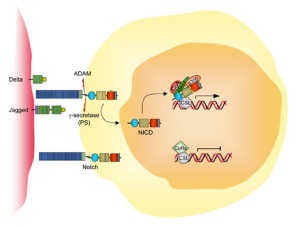Here’s a paper, co-authored by one of my frequently read neurologists Merzenich, regarding the brain’s ability to display sensory input in sync with time. Previously, studies only examined tasks that utilized spatially differentiated patterns. These studies neglected the influence of excitatory and inhibitory postsynaptic potential summation (ePSPs/iPSPs). Why did the authors choose these neural properties? It was a shot in the dark essentially. While well characterized, no one really knows how these contribute to information processing. This seems like a good way to find out.
They proceeded with a few sets of experiments. They examined ePSPs set with paired-pulse facilitation (PPF), iPSPs with PPF, and PPF with slow iPSPs. In the last category, they saw that when they sent two identical sequential signals down the same input channel the second reaction varied from the first. In fact, they saw that 25-50% of one cell layer showed time-sensitive behavior.
From here the authors fine tune their data using multiple time intervals as well as varying frequencies of the stimulus. The take home message here is that no major reconstruction of previous models was needed. All that was needed was to observe these overlooked properties in the proper context. The authors hope that with increasing complexity of study and incorporating a few other properties, like Hebbian plasticity, will further improve our understanding the transformation of temporal signaling into spatial signaling.
Perhaps next post I’ll take a look at Hebbian plasticity to better understand where this line of research could go. Cheers.


